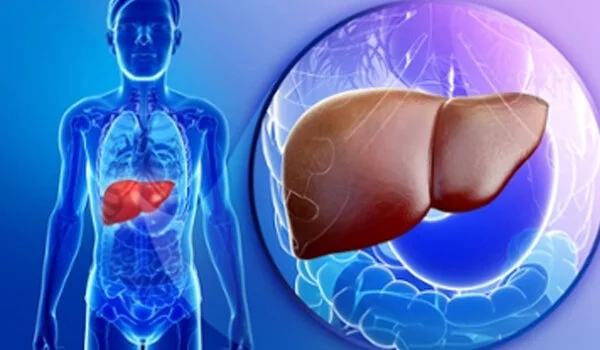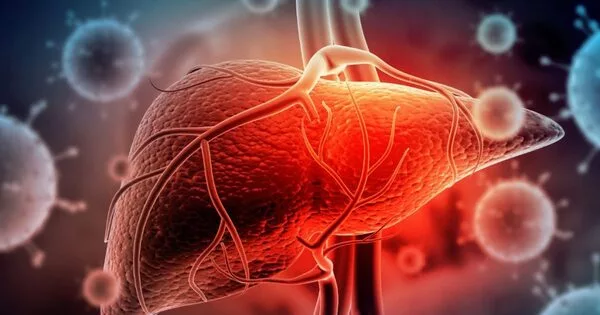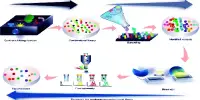There is some evidence suggesting a link between the frequent consumption of fast food and an increased risk of developing liver disease. High levels of unhealthy fats, sugar, and processed ingredients in fast food can contribute to the development of conditions such as obesity, type 2 diabetes, and fatty liver disease, which can increase the risk of liver disease. However, this is not a direct cause-and-effect relationship and a healthy diet along with regular physical activity is important for liver health.
A new study discovered that eating fast food is linked to nonalcoholic fatty liver disease, a potentially fatal condition in which fat accumulates in the liver. The new year has arrived, and with it, new year’s resolutions.
A study published in Clinical Gastroenterology and Hepatology by Keck Medicine at USC provides additional motivation for people to reduce their fast-food consumption. The study discovered that eating fast food is linked to nonalcoholic fatty liver disease, a potentially fatal condition in which fat accumulates in the liver.
People with obesity or diabetes who consume 20% or more of their daily calories from fast food have significantly higher levels of fat in their liver than those who consume less or no fast food, according to researchers. When one-fifth or more of their diet is fast food, the general population experiences moderate increases in liver fat.
Our findings are particularly concerning because fast-food consumption has increased over the last 50 years, regardless of socioeconomic status. During the COVID-19 pandemic, we’ve also seen a significant increase in fast-food dining, which is likely related to a decline in full-service restaurant dining and rising rates of food insecurity.
Ani Kardashian
“Healthy livers contain a small amount of fat, usually less than 5%, and even a moderate increase in fat can lead to nonalcoholic fatty liver disease,” said Ani Kardashian, MD, lead author of the study and a hepatologist at Keck Medicine. “The severe rise in liver fat in those with obesity or diabetes is especially striking, and probably due to the fact that these conditions cause a greater susceptibility for fat to build up in the liver.”
While previous research has shown a link between fast food and obesity and diabetes, Kardashian claims that this is one of the first studies to show the negative impact of fast food on liver health.
The findings also show that a small amount of fast food, which is high in carbohydrates and fat, can be harmful to the liver. “If people eat one meal a day at a fast-food restaurant, they may believe they aren’t doing any harm,” Kardashian explained. “However, if that one meal accounts for at least one-fifth of their daily calories, they are endangering their livers.”

Nonalcoholic fatty liver disease, also known as liver steatosis, can progress to cirrhosis, or scarring of the liver, which can lead to cancer or failure of the liver. Over 30% of the population in the United States has liver steatosis. Kardashian and colleagues examined the most recent data from the 2017-2018 National Health and Nutrition Examination Survey, the nation’s largest annual nutritional survey, to determine the impact of fast-food consumption on liver steatosis.
The study defined fast food as meals, including pizza, from a drive-through or a restaurant without wait staff. The researchers compared the fatty liver measurements of about 4,000 adults whose fatty liver measurements were included in the survey to their fast-food consumption.
52% of those polled had eaten fast food. 29% of these people got one-fifth or more of their daily calories from fast food. Only 29% of survey participants reported an increase in liver fat levels. Even after data was adjusted for age, gender, race, ethnicity, alcohol use, and physical activity, the link between liver steatosis and a 20% fast-food diet remained consistent in both the general population and those with obesity or diabetes.
“Our findings are particularly concerning because fast-food consumption has increased over the last 50 years, regardless of socioeconomic status,” Kardashian said. “During the COVID-19 pandemic, we’ve also seen a significant increase in fast-food dining, which is likely related to a decline in full-service restaurant dining and rising rates of food insecurity. We are concerned that the number of people with fatty livers has increased since the survey.”
She hopes that the study will encourage healthcare providers to provide more nutrition education to patients, particularly those who are obese or diabetic and are at a higher risk of developing a fatty liver from fast food. At the moment, the only way to treat liver steatosis is to improve one’s diet.
















